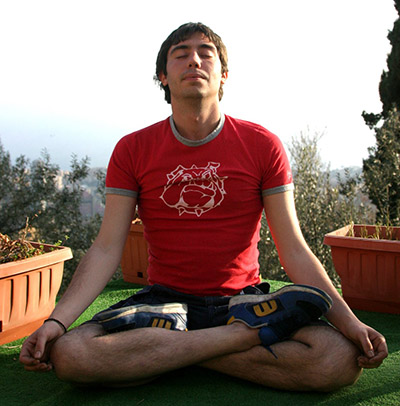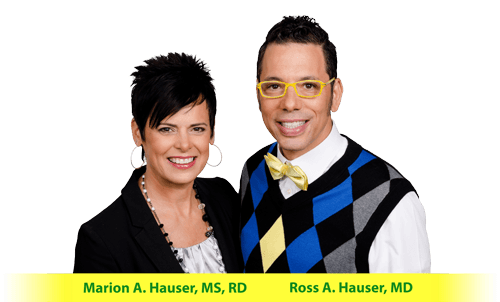 Have you ever thought about the way you breathe? Do you breathe through your mouth or your nose? Interestingly enough, it is healthier to breathe through your nose versus your mouth. Not only will you more effectively use the air you breathe through your nose, but guess what? Nose breathing also improves your vagal tone (vagus nerve function) and improves your heart rate variability (HRV) which we have discussed their importance in prior articles.
Have you ever thought about the way you breathe? Do you breathe through your mouth or your nose? Interestingly enough, it is healthier to breathe through your nose versus your mouth. Not only will you more effectively use the air you breathe through your nose, but guess what? Nose breathing also improves your vagal tone (vagus nerve function) and improves your heart rate variability (HRV) which we have discussed their importance in prior articles.
Probably about half of the population breathes through their mouths, especially earlier in the day, but some only during exercise. Chronic mouth breathing can lead to a variety of health issues and can worsen the risk of other health conditions.
Let’s take a closer look at breathing. Both mouth and nose breathing lead to your throat, which carries oxygen into your lungs. However, there are some distinct differences. Your nose is designed to help you breathe safely and efficiently by filtering out foreign particles, such as dust, allergens, and pollen, which helps stop them from entering your lungs.
Your nose also warms and moisturizes (humidifies) the air you breathe. Bringing the air you breathe to the same temperature as your body, thus making it easier for your lungs to use. During nose breathing, your nose releases nitric oxide (NO), which is a vasodilator, which helps open blood vessels, thus improving oxygen circulation in your body.
We primarily use our mouths to eat, drink, as well as breathe, however, mouth-breathing does not have the same features as nose breathing. Sometimes it is necessary to mouth breathe – IE with a deviated septum or nasal congestion, or you may have small nostrils. However, primarily breathing through your mouth is associated with some risks to your health, such as inhaling unfiltered air, allergic reactions, asthma, halitosis, tooth decay, gum diseases, snoring, sleep apnea, and teeth abnormalities.
What are the benefits of breathing through your nose? Nose breathing reduces exposure to foreign substances, humidifies and warms inhaled air, increases airflow to arteries, veins, and nerves, increases oxygen uptake and circulation, slows down breathing, improves lung volume, helps your diaphragm work properly, lowers your risk of allergies, reduces your risk of coughing, assists your immune system, lowers the risk of snoring and sleep apnea, and supports the teeth and mouth.
Dr. Hauser has been a mouth-breather most of his life, where Marion is a nose-breather. Just by observing these two, you will see the effects manifested in their overall health. Marion has no cavities, rarely gets sick, does not snore or suffer from any allergies, and has a lot of energy. Dr. Hauser, on the other hand, is quite the opposite. He is, however, working on ways to improve his nose breathing.
Here are some tips to improve nose breathing:
Alternate nostril breathing exercises (hold one nostril closed and breathe through the other), focus on belly breathing, and the yoga move Breath of Fire (cross-legged belly breathing), as well as using breathe-right strips to keep your nasal passages open, especially when you sleep. Do not underestimate the power of nose-breathing on your overall health, vagal tone, HRV, and overall stress levels. Now take a deep breath in through your nose….ah!



